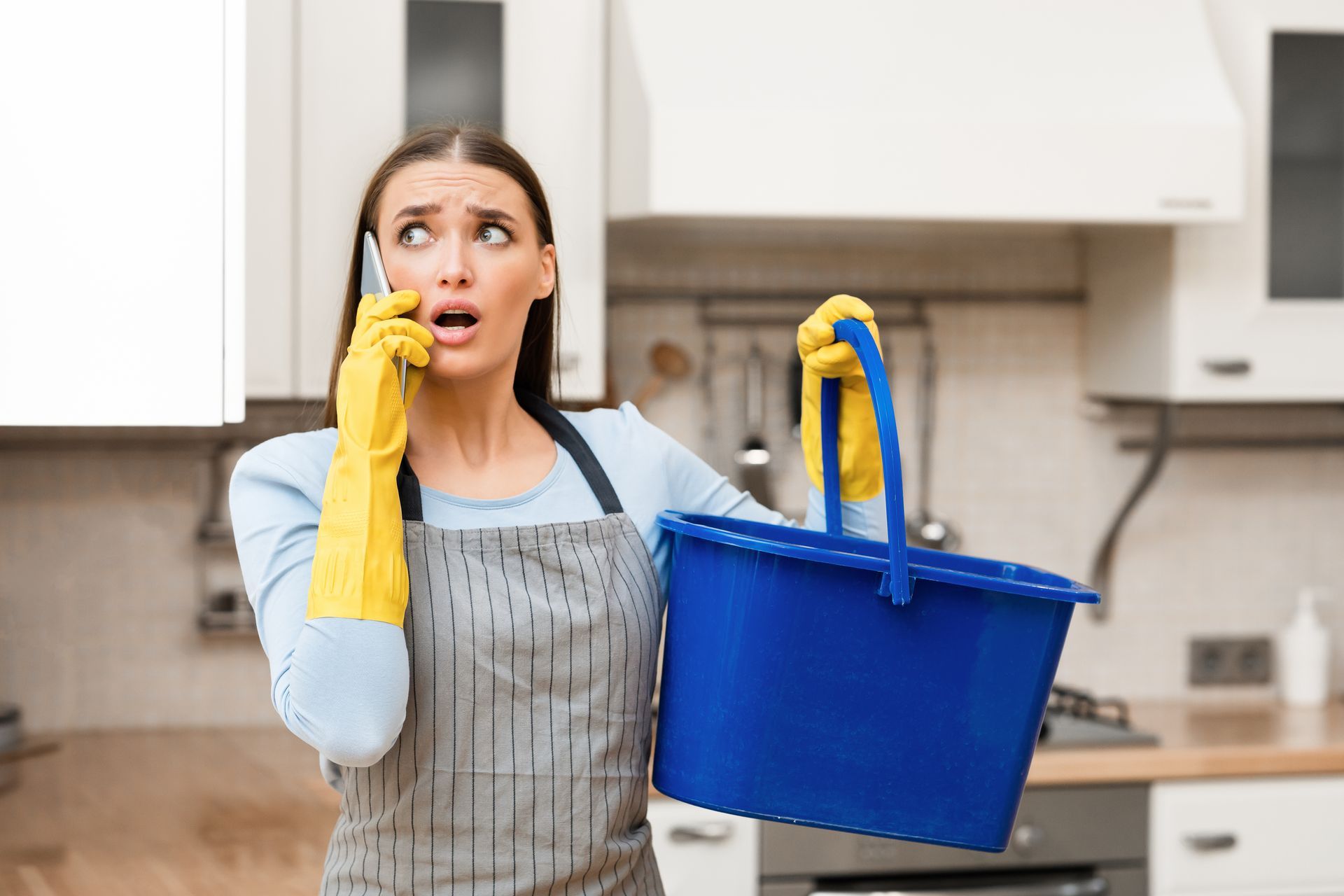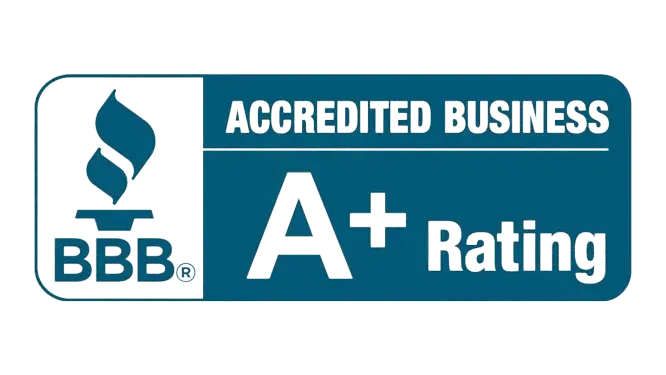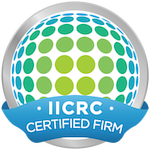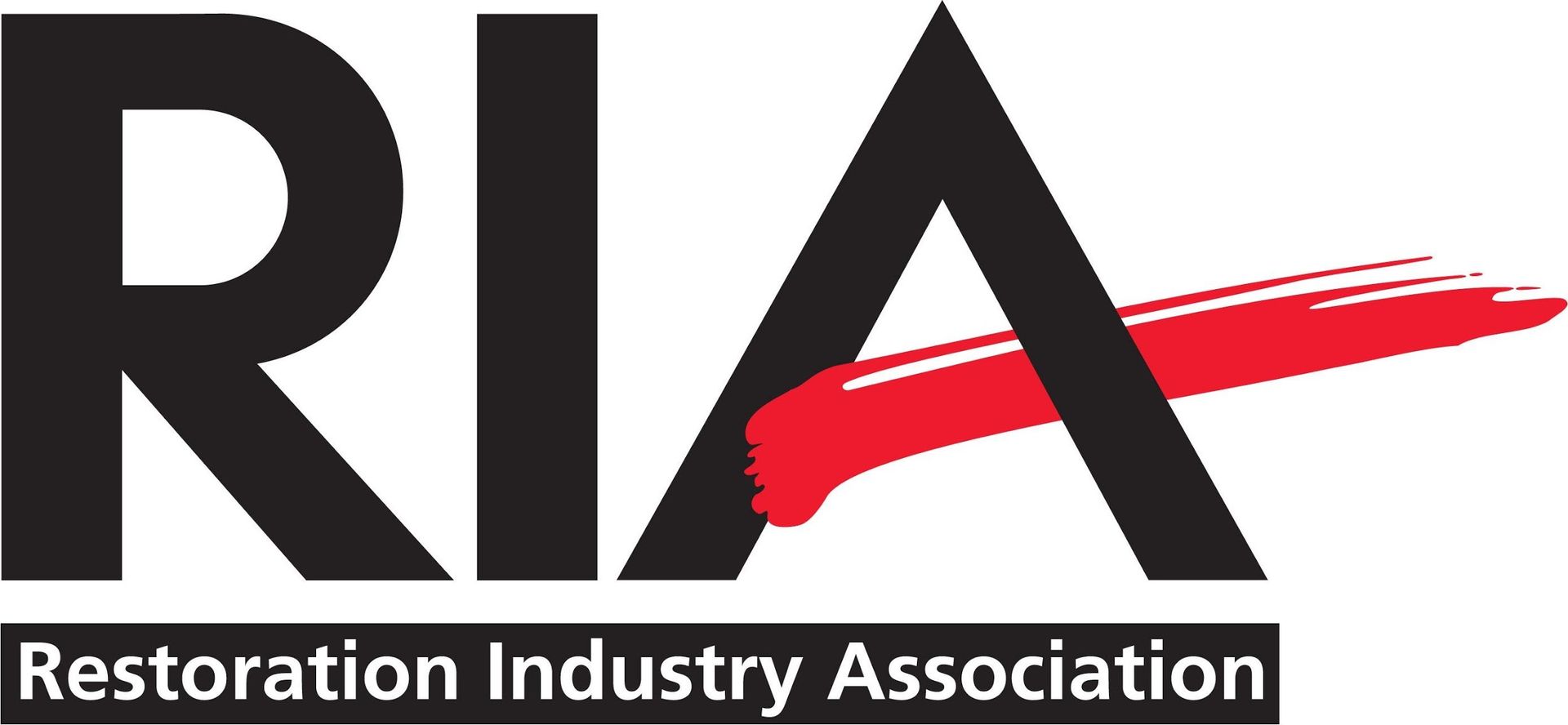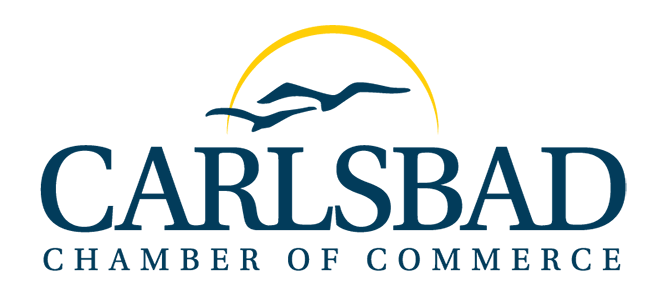The Importance of Professional Mold Remediation After Flooding
Flooding can cause extensive damage to your home, and the aftermath often leaves more than just visible water damage. One of the most serious consequences of flooding is the increased risk of mold growth. Mold thrives best in damp environments and can begin growing within 24 to 48 hours after water exposure. While it may be tempting to handle cleanup independently, professional mold remediation is essential after flooding to ensure a thorough cleanup and prevent future issues.
Understanding Mold and Its Dangers
Mold is a type of fungus that grows in humid, damp conditions. After flooding, your home provides the ideal environment for mold to flourish, as moisture has likely seeped into walls, floors, and hidden spaces. Mold releases spores into the air, which can cause various health problems, especially for those with allergies, asthma, or weakened immune systems. Some common symptoms of mold exposure include respiratory issues, skin irritation, headaches, and fatigue.
Mold also threatens the structural integrity of your home. As it grows, it can weaken building materials, leading to potential structural damage that can be costly to repair. The best way to avoid these risks is to take a thorough and professional approach to mold remediation.
Why DIY Mold Cleanup Isn’t Enough
Although some homeowners attempt to handle mold cleanup on their own, DIY methods often fall short after significant flooding for several reasons:
- Hidden Moisture: Floodwater can infiltrate hidden spaces, such as within walls, beneath floors, and behind cabinets. Mold can grow in these unseen areas, making it challenging for DIY methods to address the full extent of the contamination.
- Lack of Specialized Equipment: Professional mold remediation involves using industrial-grade equipment, such as HEPA filters, air scrubbers, and dehumidifiers. These tools are essential to remove mold spores from the air, completely dry affected areas, and prevent mold from spreading.
- Inadequate Mold Removal: Household cleaners and DIY techniques may only address surface mold, leaving behind spores that can continue to grow. Professional mold remediation is designed to eliminate mold at its source, preventing regrowth.
- Health Risks: Handling mold without proper protective gear and containment methods can expose you and your family to health hazards. Professionals have the training and equipment necessary to perform the remediation safely.
The Professional Mold Remediation Process
Professional mold remediation after flooding involves a comprehensive approach to ensure every trace of mold is eliminated and future growth is prevented. Here’s an overview of the steps involved:
- Inspection and Assessment:
The remediation process begins with thoroughly inspecting your home to identify areas of mold growth. Professionals use moisture detection tools and infrared cameras to locate hidden moisture pockets where mold may grow. - Containment:
Professionals set up containment barriers and use negative air pressure machines to prevent mold spores from spreading to unaffected areas. This containment process ensures that spores do not travel through the air to other parts of your home during cleanup. - Air Filtration:
Air filtration is a critical step in removing airborne mold spores. Professionals use HEPA filters and air scrubbers to capture mold spores, significantly improving air quality and preventing future mold spread. - Mold Removal and Cleaning:
Mold remediation specialists use advanced cleaning solutions and techniques to remove mold from affected surfaces. They will also safely remove and dispose of porous materials, such as drywall and carpeting, that cannot be cleaned effectively. - Drying and Dehumidification:
Proper drying is essential to prevent mold from returning. Professionals use industrial-grade dehumidifiers and air movers to thoroughly dry affected areas, ensuring no moisture is left behind. - Preventive Treatments:
Once the area is clean and dry, mold remediation experts apply antimicrobial treatments to surfaces. These treatments help prevent mold from growing back in the future. - Restoration:
After removing the mold, the final step is restoring your home to its pre-flood condition. This may include replacing drywall, repainting, and repairing damaged structures.
The Benefits of Professional Mold Remediation After Flooding
- Thorough and Comprehensive Cleanup:
Professional mold remediation ensures that all affected areas are thoroughly cleaned, dried, and treated to prevent future growth. This comprehensive approach reduces the risk of mold returning and causing further damage. - Health Protection:
Mold can have serious health implications, especially for vulnerable individuals. Professional remediation minimizes health risks by effectively removing mold spores and improving indoor air quality. - Long-Term Prevention:
Professional remediation significantly reduces the likelihood of mold returning by addressing it at its source and applying preventive treatments, saving you from future expenses and health concerns. - Preservation of Home Value:
Water and mold damage can lower the value of your home. Investing in professional remediation protects your property value and prevents structural deterioration that mold can cause over time. - Insurance Support:
Many professional restoration companies work with insurance providers to help navigate the claims process, providing documentation and assessments that may be needed for coverage. This support can make the process smoother and less stressful.
Conclusion
Flooding can create the perfect environment for mold to thrive, making professional mold remediation a crucial step in the cleanup process. While DIY methods may seem appealing, they often fall short in effectively eliminating mold and preventing future issues. With a professional mold remediation team, you gain access to specialized equipment, expert techniques, and peace of mind knowing that your home is thoroughly cleaned, dried, and protected from future mold growth.
At 75 And Sunny Remediation, we specialize in comprehensive mold remediation services to ensure your home is safe, healthy, and mold-free. If you’re dealing with mold after a flood, don’t wait—contact us today for professional mold remediation and protect your home for the long term.
